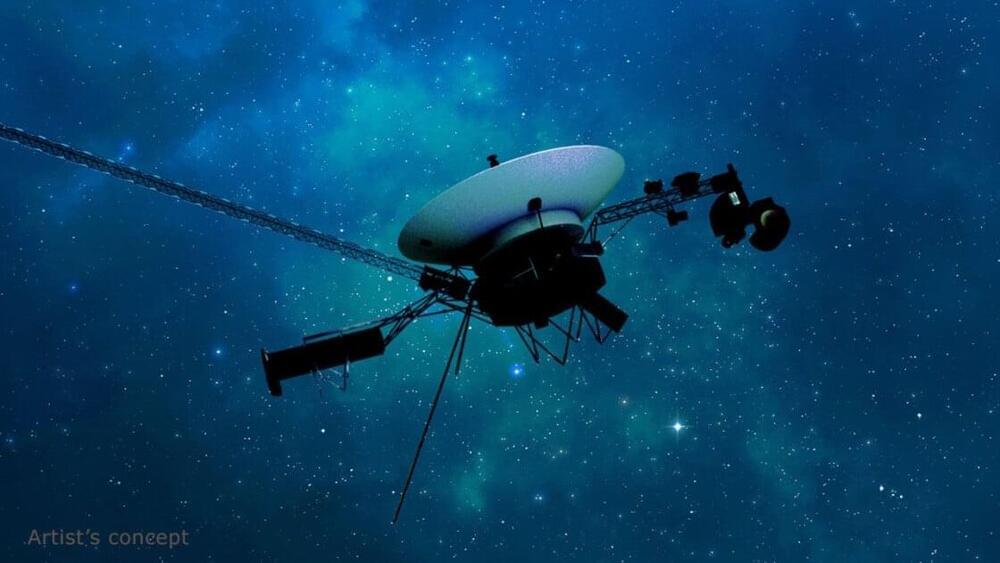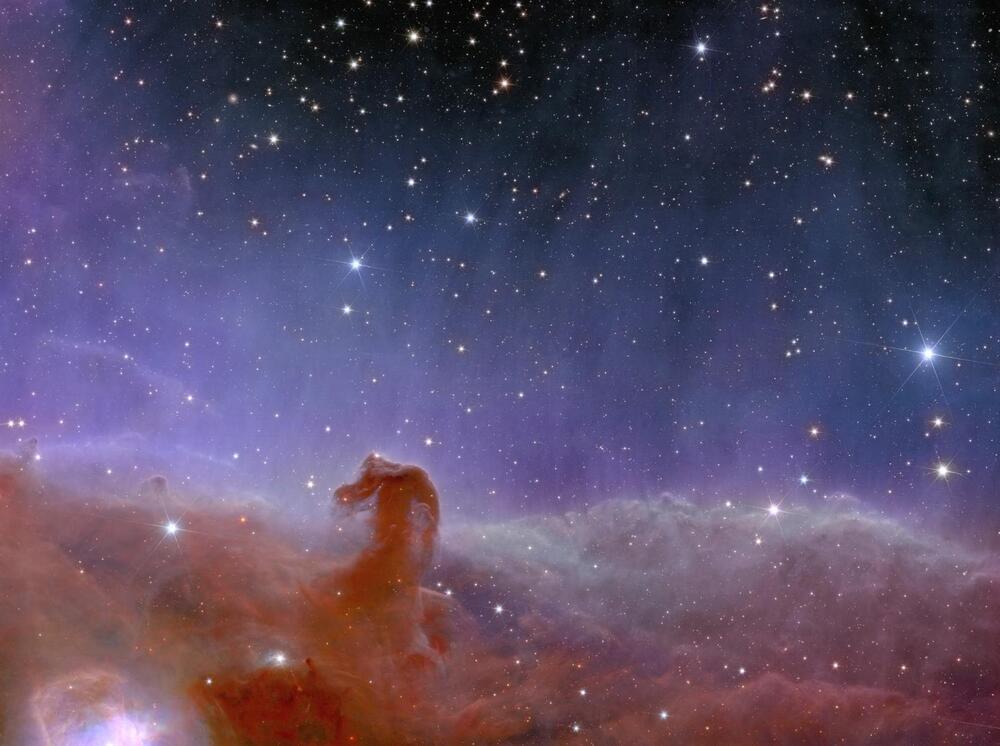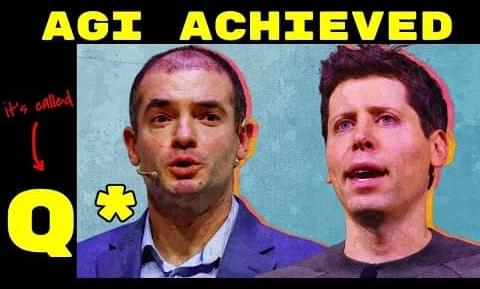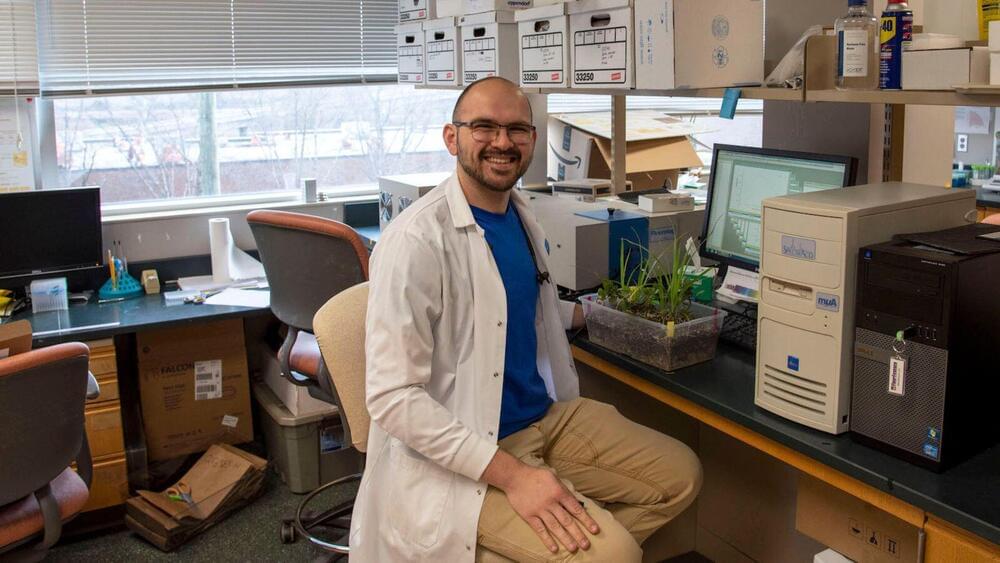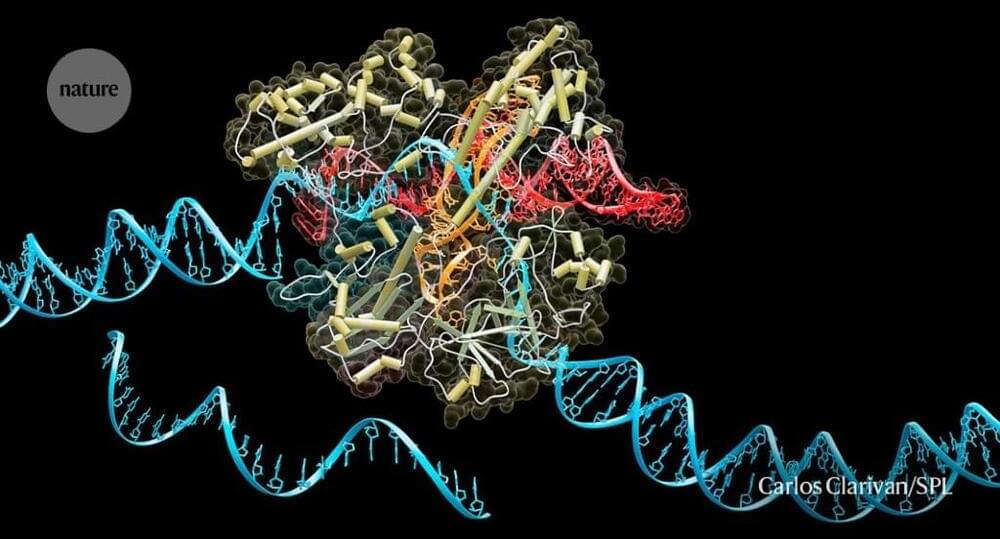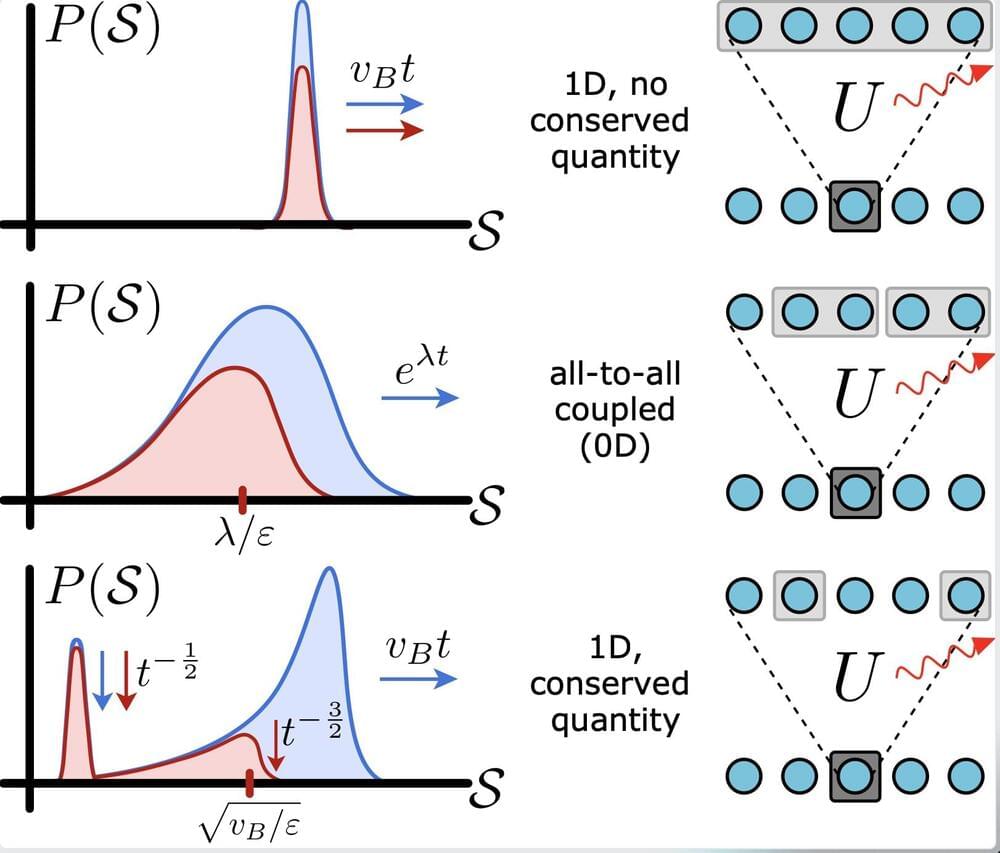How are we so smart? We seem to be able to make process data with ease, doing tasks in seconds that take supercomputers much longer. Well, one thought is that we fundamentally take advantage of quantum mechanics to perform calculations similar to a quantum computer. This would give us a biologically produced quantum speed up in our brains. Until recently this was just a thought, there is no evidence that this is true. Well, now scientists believe that they may have found evidence of quantum interaction in our brains. Even more importantly, they showed that these quantum interactions are related to our consciousness. In this video, I discuss these latest results.
— References —
[1] https://iopscience.iop.org/article/10.1088/2399-6528/ac94be.
[2] https://phys.org/news/2022-10-brains-quantum.html.
[3] https://scitechdaily.com/shocking-experiment-indicates-our-b…mputation/
— Socials –
Twitter: https://twitter.com/BroadwayPhysics.
Discord: https://discord.gg/SH4xvHQY
Publications: https://scholar.google.com.au/citations?user=f-yIdjMAAAAJ&hl=en&authuser=2
— Equipment —
If you are interested in some of the equipment that I use to make these videos you can find the information below.
Camera: https://amzn.to/3VSpxfY
Audio: https://amzn.to/3Mgv3pw and https://amzn.to/3LXF7CH and https://amzn.to/3HXfTmE
Lighting: https://amzn.to/41qYKbS and https://amzn.to/3O5Vekp.
Teleprompter: https://amzn.to/3puDrZI
0:00 — Quantum Brains?
0:37 — Why is this good?
2:41 — Measuring entanglement.
5:33 — Quantum Consciouness.
#quantum #science #physics #breakthrough #quantumcomputer
